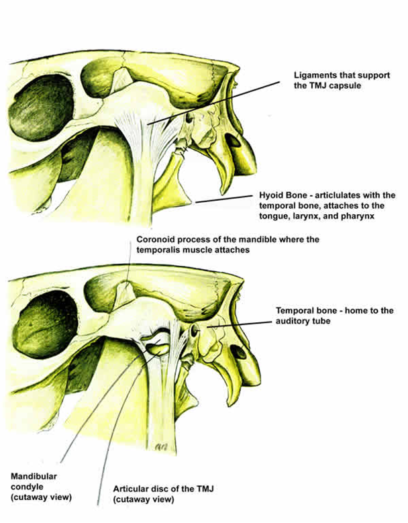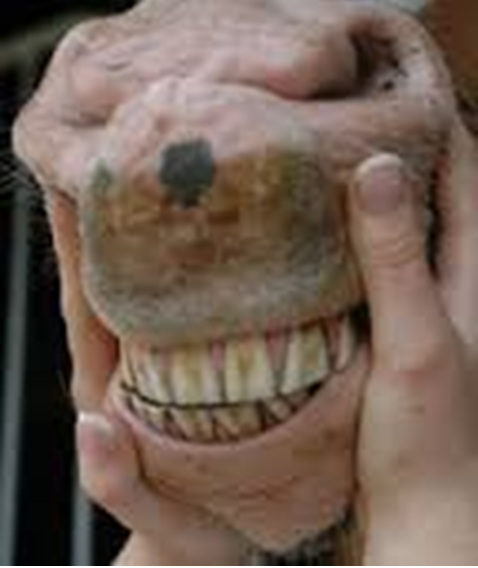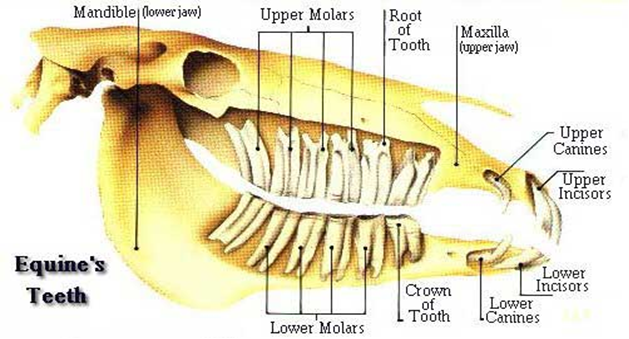TMJ is the abbreviation for temporomandibular joint
Anatomically, it refers to an area of the cranium where the jaw, or the mandible, contacts and articulates with the temporal bone. The temporal bone is the area of the skull where the ear resides. When these bones are misaligned and not articulating properly and the surrounding tissue of the TMJ is stressed, the TMJ is out of balance and cannot function properly. This condition is known as Temporomandibular Dysfunction, or TMD.
TMD is used in dentistry as a diagnosis for people-animals who experience tightness or dysfunction of the TMJ mechanism or jaw. TMD affects overall health. Indicators of a TMD condition include popping and clicking in the joint area, headaches, bite misalignment, and gritting of the teeth. If the condition is left untreated, the cartilage that makes up the articular disc that allows the mandible to move will be worn down and damaged. In severe cases of TMD, the precious cartilage can become completely worn away.
The condition known as TMD occurs in all horses regardless of discipline. Horses exhibit signs of possible TMD discomfort in several different ways. TMD goes hand-in-hand with the misalignment of the upper and lower incisors and/ or any imbalances that may appear in the wear of the teeth, such as hooks or waves, and each perpetuates the other.
Today, all horses are exposed to a variety of contributing factors that affect the proper movement of the jaw. Some of these factors include the wearing of certain types of bits or nosebands, eating out of hayracks, cribbing on fence posts, undergoing various types of dental work, and lack of proper dental work. Due to these and other factors, horses are prone to the condition known as Temporomandibular Dysfunction, or TMD.
 Horses depend on the proper function of the temporomandibular joint TMJ Mechanism, just like us, if not more- each correct chew {mastication} chiropracts the length of the spine. The ability to move the jaw properly – side to side, up and down, forward and back – affects not only the ability to chew and digest food, but also affects the body’s balance and biomechanics. Proper function of the TMJ is vital to horse health.
Horses depend on the proper function of the temporomandibular joint TMJ Mechanism, just like us, if not more- each correct chew {mastication} chiropracts the length of the spine. The ability to move the jaw properly – side to side, up and down, forward and back – affects not only the ability to chew and digest food, but also affects the body’s balance and biomechanics. Proper function of the TMJ is vital to horse health.
During grazing the mandible is allowed to slide down and forward and the atlantoaxial joint can open. This relaxes TMJ muscles and allows for proper teeth contact.
Signs of TMD and Imbalances of the TMJ
TMD shows up in many different shapes and sizes and cases differ in levels of severity. Horses with TMD will clearly show low levels of performance, uneven wear of the teeth, possible head shaking, signs of headaches, cribbing, improper gaits and/ wear of hooves or various behavior problems. In some cases, even a slight retrusion in the lower jaw can be seen – the lower incisors of the mandible come behind the upper incisors of the maxilla. Any horse that has TMD will have some level of difficulty in performance. Many get reputations as grumpy & dislikes tack/bridling.
 A way to check to see if your horse has any form of TMD is to look at how your horse’s incisors/front teeth align. The upper six incisors should align with the lower set, directly in the middle. If you see a pull to one side or the other, it is likely that your horse has some discomfort with its TMJ Mechanism. Even though the teeth may align, the muscles that make up the TMJ may still be tight, causing discomfort.
A way to check to see if your horse has any form of TMD is to look at how your horse’s incisors/front teeth align. The upper six incisors should align with the lower set, directly in the middle. If you see a pull to one side or the other, it is likely that your horse has some discomfort with its TMJ Mechanism. Even though the teeth may align, the muscles that make up the TMJ may still be tight, causing discomfort.
Other indicators of possible TMD and/or dental problems may be ear sensitivity, head tossing, difficulty taking the bit in the mouth, leaning on the bit, difficulty with specific leads or gaits, difficulty flexing at the poll, signs of headaches, head shyness, sensitivity to touching and uneven muscle appearance. Temperament and attitude issues can also be addressed once this is alleviated. The correct balance of the TMJ also ensures maximum extrusion of concentrate/hard feeds – mastication patterns ensure that correct enzymes/saliva is injected into feed as it travels along teeth (called AXIAL FLOW)
TMD issues need to be addressed to ensure you get the good ride.
Copyright © Nic Graham 2016








